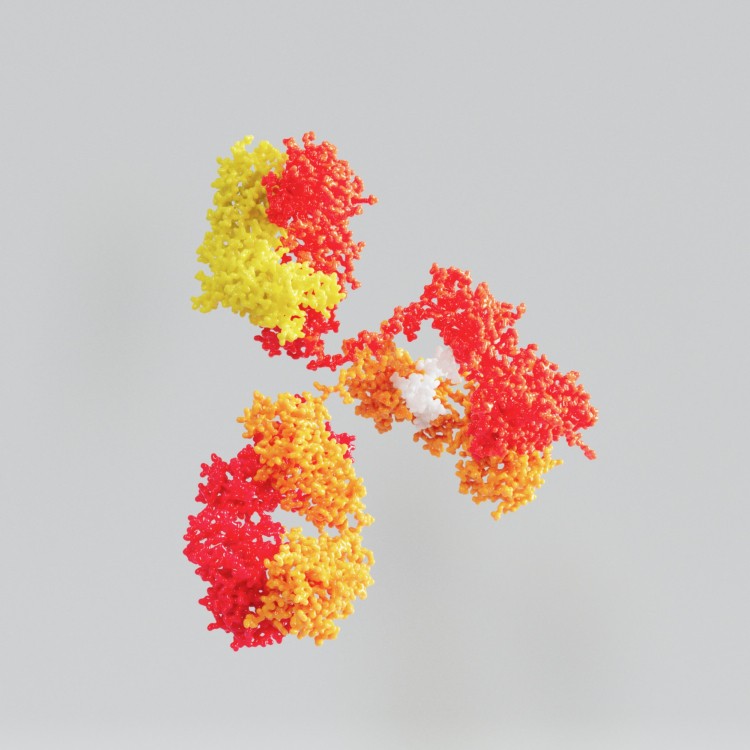

Principles of claim interpretation explained in T1473/19
- Article 69 EPC in conjunction with Article 1 of the Protocol thereto can and should be relied on when interpreting claims and determining the claimed subject-matter in proceedings before the EPO, including for the purpose of assessing compliance with Art. 123(2) EPC (Reasons 3.1-3.15).
- Although Article 69(1), second sentence, EPC requires that generally account be taken of the description and the drawings when interpreting a claim, the primacy of the claims according to Article 69(1), first sentence, EPC limits the extent to which the meaning of a certain claim feature may be affected by the description and the drawings (Reasons 3.16-3.16.2).
- Claim interpretation is overall a question of law which must as such ultimately be answered by the deciding body, and not by linguistic or technical experts. It does, however, involve the appraisal of linguistic and technical facts which may be supported by evidence submitted by the parties (Reasons 3.17)
Background
The Patent related to a contactless rotary joint for a CT scanner. According to claim 1 as granted, the CT scanner comprises a rotating part with a rotary joint body (200), “said body having a free inner bore holding a capacitive data link having a data transmission line (110) for transmission of data, and holding a rotating transformer having a rotating transformer magnet core (220), for transmission of electrical power, … ”.
The dispute was about the interpretation of the underlined feature, which was included in the claim by the Examining Division in the text intended for grant sent with the communication under Rule 71(3) EPC. The Proprietor had approved the proposed text, and the application had proceeded to grant.
During opposition proceedings, the parties submitted two different interpretations of the feature “said body having a free inner bore holding a capacitive data link ”:
Interpretation (a) by the Opponent/Appellant (O/A): the body has a free inner bore and this bore holds a capacitive data link.
Interpretation (b) by the Proprietor/Respondent (P/R): the body has a free inner bore and, additionally, the body holds a capacitive data link.
The Opposition Division resorted to the description and sided with the interpretation (b) by P/R (point 4.1.1 of the decision under appeal).
The questions discussed by the Board were whether the Opposition Division should or should not have consulted the description for the interpretation of the claims, and if so, to what extent the description should be taken into account for the interpretation of the claims.
Positions of the parties
O/A argued that it was clear to the person skilled in the art that the underlined feature implied that the body had a free inner bore and that this bore held a capacitive data link. This understanding was technically sensible and not illogical. Moreover, the French and German translations of the claim, which had been provided by P/R itself, supported this meaning. Consequently, “since claim 1 was clear, recourse to the description for further interpretation was neither needed nor justified.”
P/R argued that the first examiner was an English native speaker and experienced examiner. Therefore, the amendment should be understood in such a way that the requirements of Art. 123(2) EPC were met. Second, patents are not directed to native speakers or linguistic experts, but to technically qualified people. The skilled person would have identified the ambiguity in the expression objected to and understood that a free inner bore, i.e., an empty space, could not hold a capacitive data link from a technical point of view. “The skilled person would have therefore consulted the description and the drawings to resolve this ambiguity.”
Principles of claim interpretation
The Board concluded that the parties disagree on the principles of claim interpretation, in particular whether and, if so, to what extent the description should be taken into account for the interpretation of a patent claim.
The Board discussed case law relating to Art. 69 EPC and the Protocol, as well as the Board’s position regarding the primacy of the claims and claim interpretation.
Art. 69 EPC and the Protocol
A first relevant matter in this respect relates to the extent to which Art. 69 EPC and the Protocol on the Interpretation of Article 69 EPC (“the Protocol”) should be applied when interpretating the claims.
According to the Board, there are different views about this within the established case law. In a first series of decisions, Art. 69 EPC and the Protocol were considered to be generally applicable to all proceedings before the EPO, whereas in a second series of decisions their applicability was restricted to opposition and appeal proceedings and only when determining the extent of protection under Art. 123(3) EPC.
According to the Board, the main rationale in the second series of decisions is that there was a difference between determining the subject matter of a claim to assess the claim under Art. 54(2), 56, 83, 123(2) EPC, or to determine the extent of protection under Art. 123(3) EPC and in national infringement proceedings (T 1279/04). Although the Board acknowledged the existence of such differences, it also concluded that it should not have an effect on the applicability of Art. 69 EPC and the Protocol.
The present Board therefore followed the view of the first series of decisions. To that end, the Board noted that:
“determining a patent claim's subject matter, i.e. establishing the meaning of the claimed features, is not distinguishable from interpreting that claim and its features. Understood this way, it is always necessary to interpret a patent claim in the proceedings before the EPO. ”
Art. 69 EPC and the Protocol were the only provisions in the EPC that contain rules for the interpretation of the patent claims. Art. 2 of the Protocol was mainly relevant for infringement proceedings. Consequently, this provided a first reason for using Art. 69 EPC and the Protocol, Art. 1, in all proceedings before the EPO.
The Board also argued that using Art. 69 EPC and the Protocol in all proceedings was required to ensure a uniform and consistent claim interpretation. In G2/88, it was argued that Art. 69 EPC and the Protocol were applicable in the assessment of a claim under Art. 123(3) EPC. According to the present Board, if the same principles are not applied for assessments under Art. 123(2) EPC, then this leads to inconsistencies.
The Board therefore concluded that Article 69 EPC in conjunction with Article 1 of the Protocol thereto should be relied on when interpreting claims and determining the claimed subject-matter in proceedings before the EPO, including for the purpose of assessing compliance with Art. 123(2) EPC.
Primacy of the claims and claim interpretation
The Board pointed out though that applying Art. 69 EPC and the Protocol did not mean that the claims and the description have the same weight: “The primacy of the claims under Article 69(1), first sentence, EPC limits the extent to which the meaning of a certain claim feature may be affected by the description and the drawings.“
In addition, the following aspects regarding claim interpretation were concluded and discussed:
- Claim interpretation was overall a question of law which must as such ultimately be answered by the deciding body, and not by linguistic or technical experts.
- The German and French translations could not be relied upon for interpretation because, in line with Art. 70(1) EPC, claims had to be interpreted in their authentic text.
- There was no principle of claim interpretation according to which a claim should be interpreted in a manner which makes it compliant with Article 123(2) EPC.
Interpretation of claim 1 of the main request
The Board applied the principles of claim interpretation to arrive at the conclusion that interpretation (a) by O/A was correct.
This interpretation was held to be grammatically correct, technically sensible and plausible because a bore was considered such that it may include more than the empty space or hole. For example, the bore might include the physical surface that surrounds it. Based on the claim alone, the skilled person would therefore not have seen any reason to depart from interpretation (a) by O/A because of technical reasons.
The Board held that according to Art. 69 EPC and the Protocol, the description may be consulted to further interpret the claim. However, the Board held the opinion that doing so would not lead to rejecting interpretation (a) by O/A and adopting interpretation (b) by P/R instead as concluded by the Opposition Division before.
“The description and the drawings do not contain anything which makes interpretation (a) appear technically nonsensical or incompatible with the claimed invention. The description does not contain a definition of the contested feature either. The mere mention, by way of example, of an embodiment which comprises a capacitive data link not arranged in accordance with interpretation (a) is not a sufficient reason to apply interpretation (b) instead of interpretation (a).”
The correct interpretation according to the Board was thus interpretation (a) by O/A.
As there was consensus that there was no support for interpretation (a) in the application as filed, the main request was rejected because of extension of subject matter.
Further requests
Interpretation (a) was considered narrower than interpretation (b). Any auxiliary request aimed at overcoming the Art. 123(2) EPC objection of the main request was therefore considered to not meet the requirements of Art. 123(3) EPC.
In an attempt to clarify the claim, P/R also filed a request to correct the claim under Rule 139 EPC, i.e., correction of obvious errors. The Board rejected this request as Rule 139 EPC was only applicable to documents filed with the EPO. This was not the case here, as the amendments had been suggested by the Examining Division. Moreover, Rule 139 EPC only allows for a correction before grant, thereby providing a second reason to reject the request.
The decision under appeal was set aside and the patent revoked.






